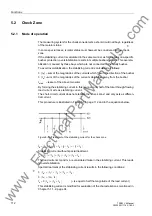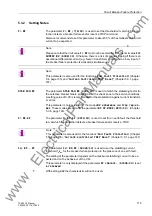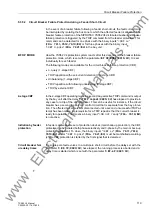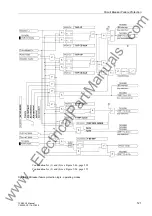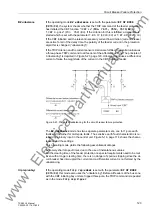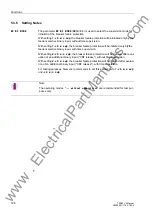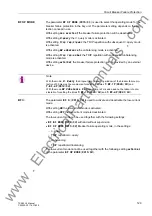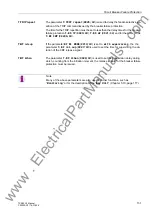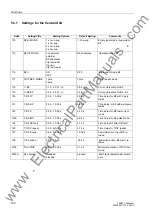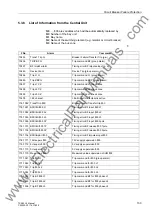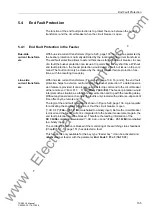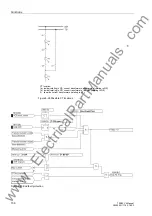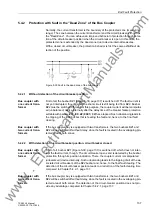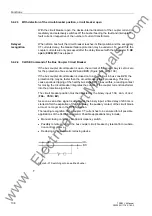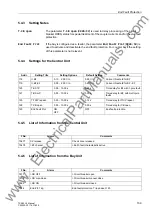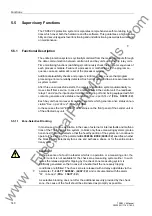
Functions
126
7SS52 V4 Manual
C53000-G1176-C182-3
5.3.5.3
Circuit Breaker Failure Protection for Busbar Faults
While the busbar short-circuit is to be eliminated, a circuit-breaker failure may occur,
too. In this case, the current must be interrupted from the remote end (Figure 5-25,
page 126).
The 7SS52 detects the breaker failure and allows a shorter tripping time by the trip sig-
nal sent to the opposite line end. If signal transmission equipment is used, the current
can be interrupted faster since signal transmission equipment trips the circuit breaker
at the remote end as soon as the delay time set with the parameter
(
XX21/
CU
) has elapsed.
On issuing a TRIP command, the currents are monitored in all feeders which are to be
tripped. If the current persists above the feeder-selective threshold set with the param-
eter
XX18/CU
) after the delay time has elapsed, the corresponding bay unit is-
sues a transfer trip command (Figure 5-26, page 126).
In the case of a circuit breaker failure, the alarms "
Trip Lx CZ
" (
FNo. 10457/CU,
10458/CU, 10459/CU
), "
Trip BF G
"
(
10436/CU
), "
Trip BF $03 Lx
"
(
177.1352.$03/CU, 177.1353.$03/CU, 177.1354.$03/CU
), "
Trip $03 G
"
(
177.1341.$03/CU
), "
TrnsfTrip $00
"
(
176.1082.$00/CU
), "
Trip BBP G
"
(
FNo. 10449
),
"
TRIP $03 Lx
"
(
177.1342.$03/CU, 177.1343.$03/CU,
177.1344.$03/CU
), and the group alarm "
Transf. Trip G BU"
(
10433/CU
) will
be issued.
Figure 5-25 Circuit breaker failure during a busbar fault
Figure 5-26 Circuit breaker failure protection for busbar faults
www
. ElectricalPartManuals
. com

